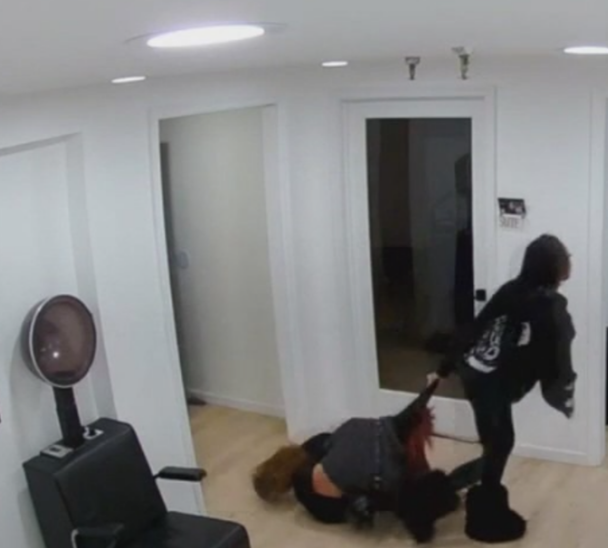
To catch the peak of this year’s Perseid meteor shower, look toward the constellation Perseus in the east to northeast sky.
The shower technically runs from July 14 to Sept. 1 this year, but it will reach its peak flurry of activity overnight from Saturday, Aug. 12 into Sunday, Aug. 13. At this time stargazers could see around 100 meteors per hour, according to The Natural History Museum of London.
You can also enjoy near-peak conditions overnight on Friday, Aug. 11, according to The Old Farmer’s Almanac.
If the skies are clear, this year’s Perseids will be particularly special. The night’s sliver of a waning crescent moon will be just over 10 percent illuminated. That means light from our neighboring space rock won’t wash out the shooting stars like it did in 2022.
Read More ( Here )
© CopyRights RawNews1st





